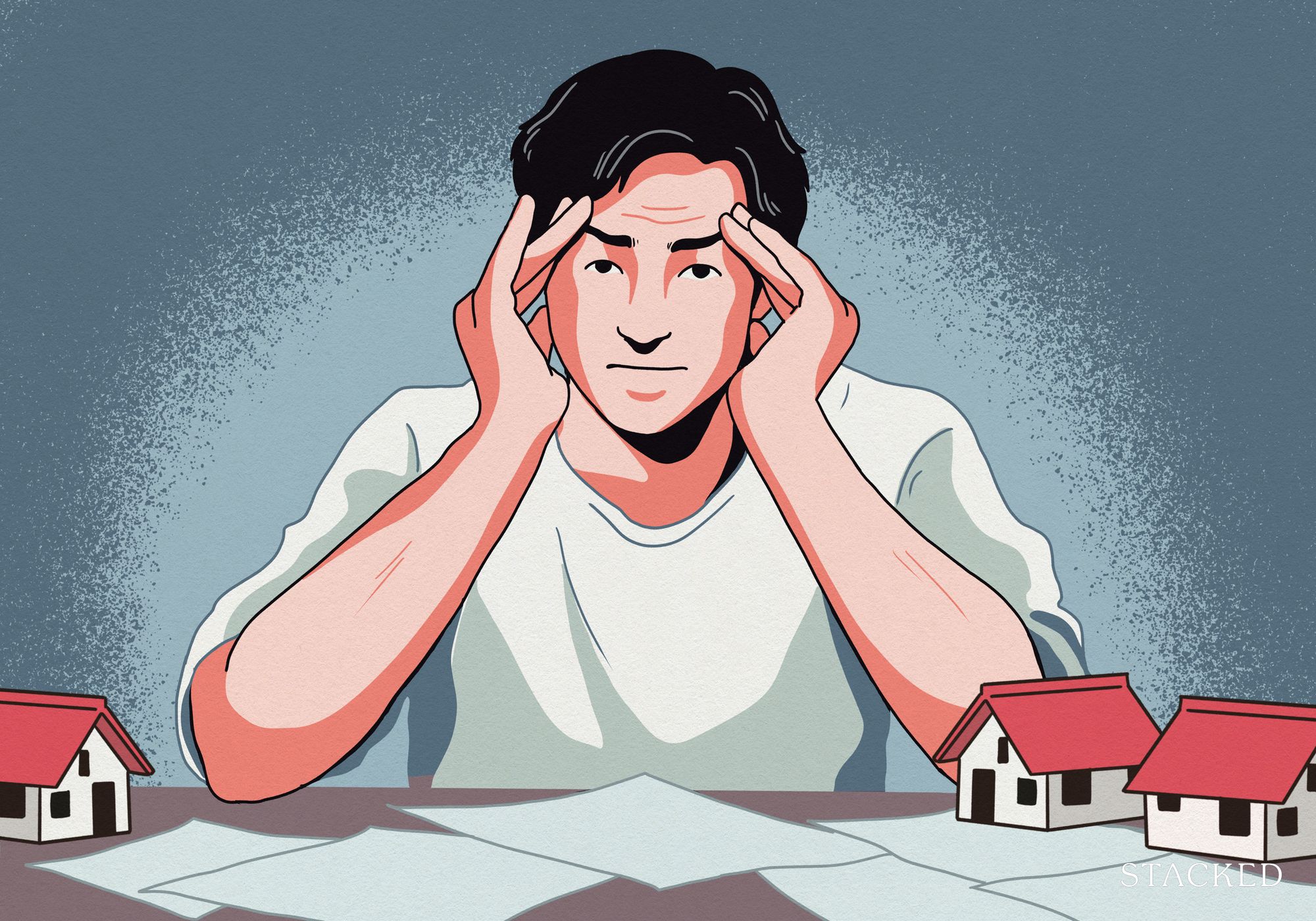What The URA Master Plan Reveals About Marina Bay’s Future (And How It Could Impact Property Values)
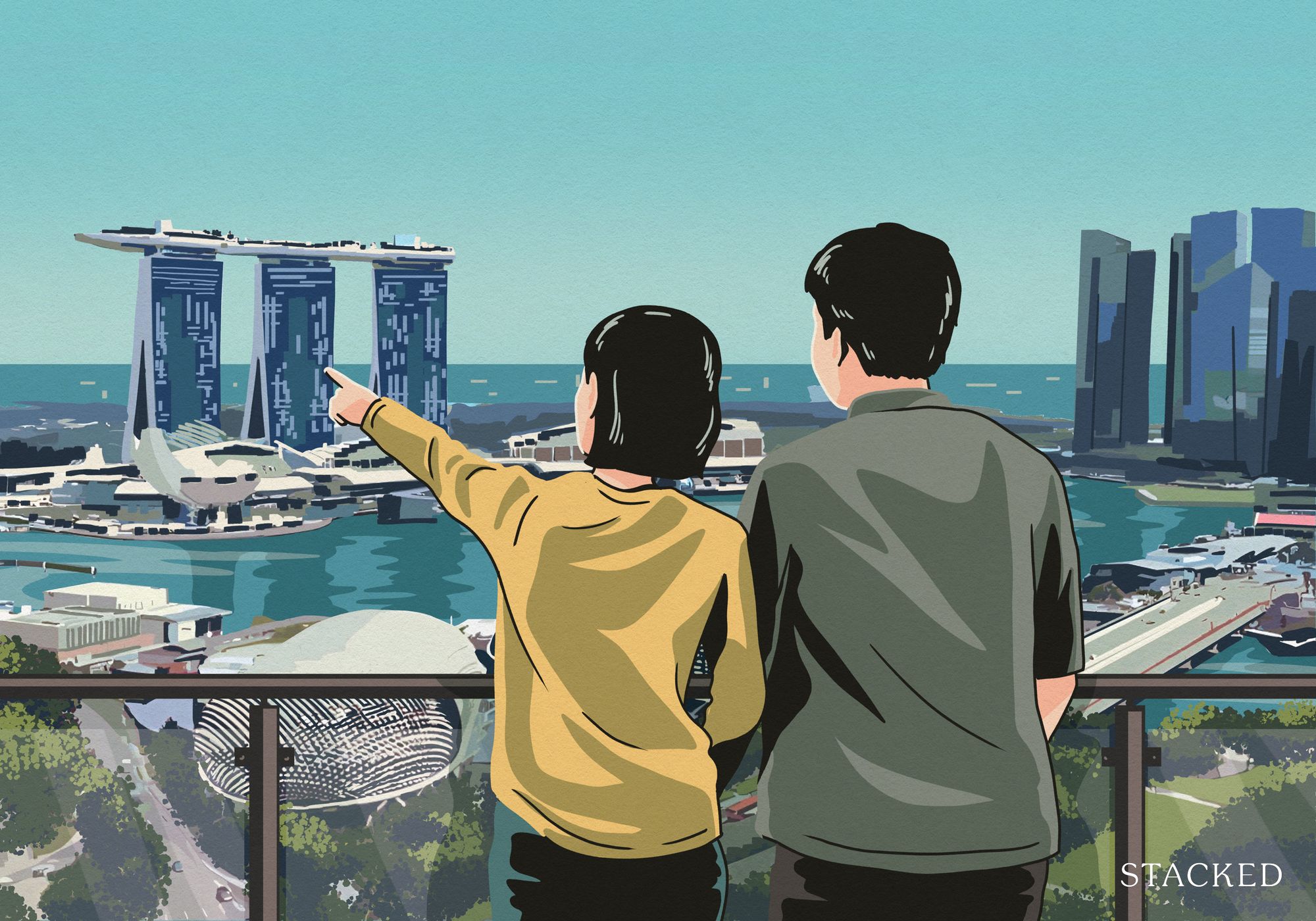
Get The Property Insights Serious Buyers Read First: Join 50,000+ readers who rely on our weekly breakdowns of Singapore’s property market.
A seasoned content strategist with over 17 years in the real estate and financial journalism sectors, Ryan has built a reputation for transforming complex industry jargon into accessible knowledge. With a track record of writing and editing for leading financial platforms and publications, Ryan's expertise has been recognised across various media outlets. His role as a former content editor for 99.co and a co-host for CNA 938's Open House programme underscores his commitment to providing valuable insights into the property market.
Marina Bay has become an iconic part of the Singapore skyline, and most associate it with prestige and luxury properties. And yet, as Singaporeans move back into the Core Central Region (CCR) following policy measures, the enthusiasm for this area has been surprisingly limited. Could it simply be that Marina “still isn’t Orchard?” Or is the choreographed, “artificial” nature of the area that’s quietly off-putting to homeowners?
With several key developments coming, now may be the right time to reassess whether Marina Bay is undervalued or rightly overlooked.
A quick rundown of the Marina Bay area
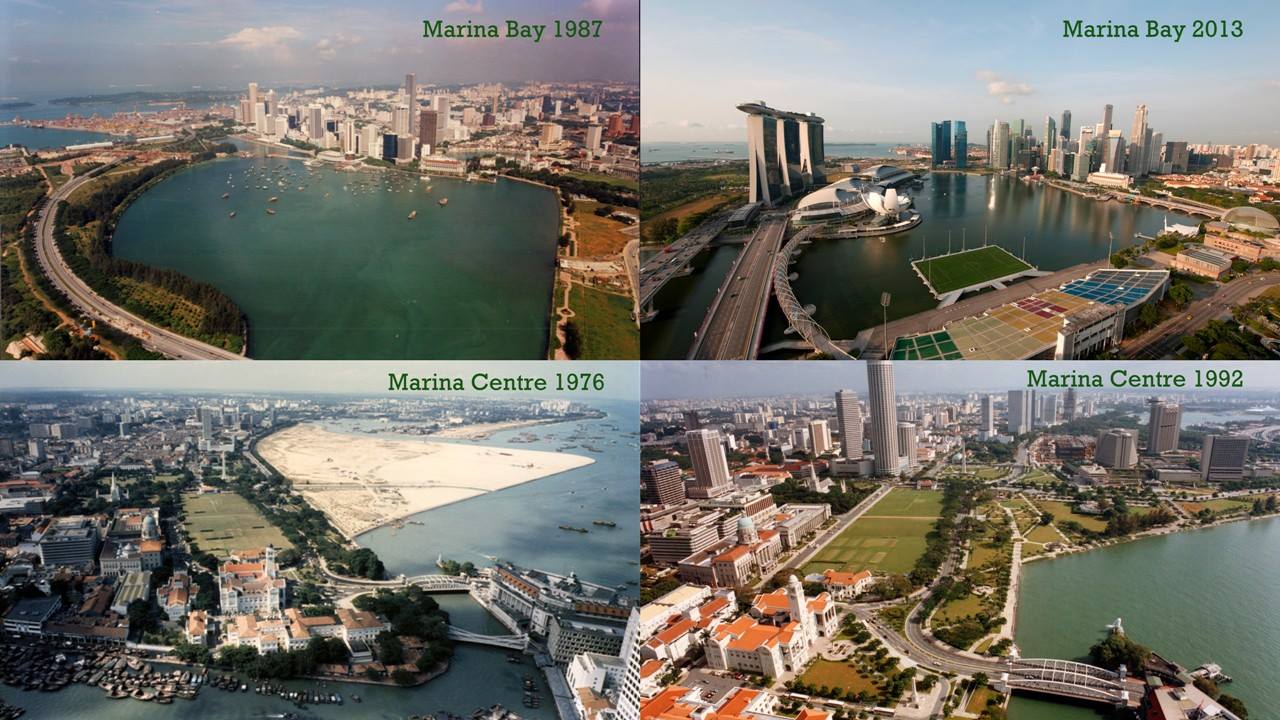
Marina Bay’s history is one of bold transformation, but also one of manufacture. One might say this is the most choreographed and artificial part of Singapore, as it was never a “natural” neighbourhood – it was created from the sea.
Through massive land reclamation beginning in the 1970s, Singapore carved out 360 hectares of new land by 1994 – this gave us a blank canvas to design a city-centre expansion. Unlike “organic” districts such as Tiong Bahru or Katong, which evolved through generations of residents, Marina Bay was imagined first on master plans, and later given concrete and glass.
So this area got off to a running start – in the 1980s–90s it was already Marina Centre, home to mega-malls like Suntec City and Marina Square. The 2000s doubled down: the iconic Marina Bay Sands in 2010, the Supertrees of Gardens by the Bay in 2012, the Helix Bridge, etc.
Each was a calculated move to create the ultimate 21st century downtown, and arguably, it worked – most foreigners associate the Singapore skyline with Marina Bay, as well as the “Crazy Rich Asian” element like the F1 races and lux hotels.
But as Singaporeans and PRs begin their move back into the city centre, these same qualities may work against it. Marina lacks the organic vibrancy of a neighbourhood shaped by residents themselves. It’s an impressive stage set – but one where the actors (long-term homeowners, families, schools, corner coffee shops) are still missing. Very few Singaporeans can claim to have grown up here, or have friends and family living here to hang out with.
This is also a key differentiator between Marina Bay and other prime central spots like Great World, which come with the qualities of being real neighbourhoods.
This may explain the less-than-enthusiastic reaction to some of the recent projects here
Marina Bay succeeds on the commercial front; but for all its glamour, its residential presence has been something of an afterthought.
A handful of luxury condos – The Sail @ Marina Bay, Marina Bay Residences, Marina Bay Suites, and Marina One Residences – sprouted between 2008 and 2018, but these were clearly targeted at affluent buyers or investors.
Our Stacked Pro analysis of Marina Bay Suites highlighted this disconnect: in this article, we revealed that this project, and indeed the entire Marina Bay cluster, has underperformed in ROI compared to the wider market. Marina Bay Suites registered negative returns of – 0.88 per cent since launch, and even resale-only transactions from 2019 to 2024 showed it barely holding ground (+0.21 per cent per year).
We also pointed out this issue playing in land sales, when a white site at Marina Gardens Crescent flopped, and the winning bid was too low.
One of the most glaring drawbacks of Marina Bay is that it has zero primary schools within a one-kilometre radius.
This immediately takes it off the shortlist for families with young children. The absence of schools isn’t just an inconvenience; Marina Bay is structurally unfriendly to family buyers. Even ignoring the lack of enrolment priority, parents need to drive or bus their kids out daily, unlike more organic neighbourhoods like Bishan or Bedok, where schools sit practically at the doorstep.
Even beyond the school issue, Marina Bay lacks the “everyday ecosystem” that makes people feel embedded in a neighbourhood.
- No heartland-style hawker centres or coffee shops.
- Few affordable supermarkets and day-to-day shops.
- Minimal grassroots networks or long-time residents, since almost all the projects launched in the past 15 years, and many buyers were investors or expats.
Marina Bay struggles with social stickiness: most of us don’t have relatives, old friendships, or other networks here; unlike heartland towns, where the community is more interconnected.
More from Stacked
We Make $27k Per Month And Own An HDB And Condo: Should We Sell The HDB To Buy Another Resale?
Dear Stacked homes,
But URA’s Master Plan does aim to transform the area
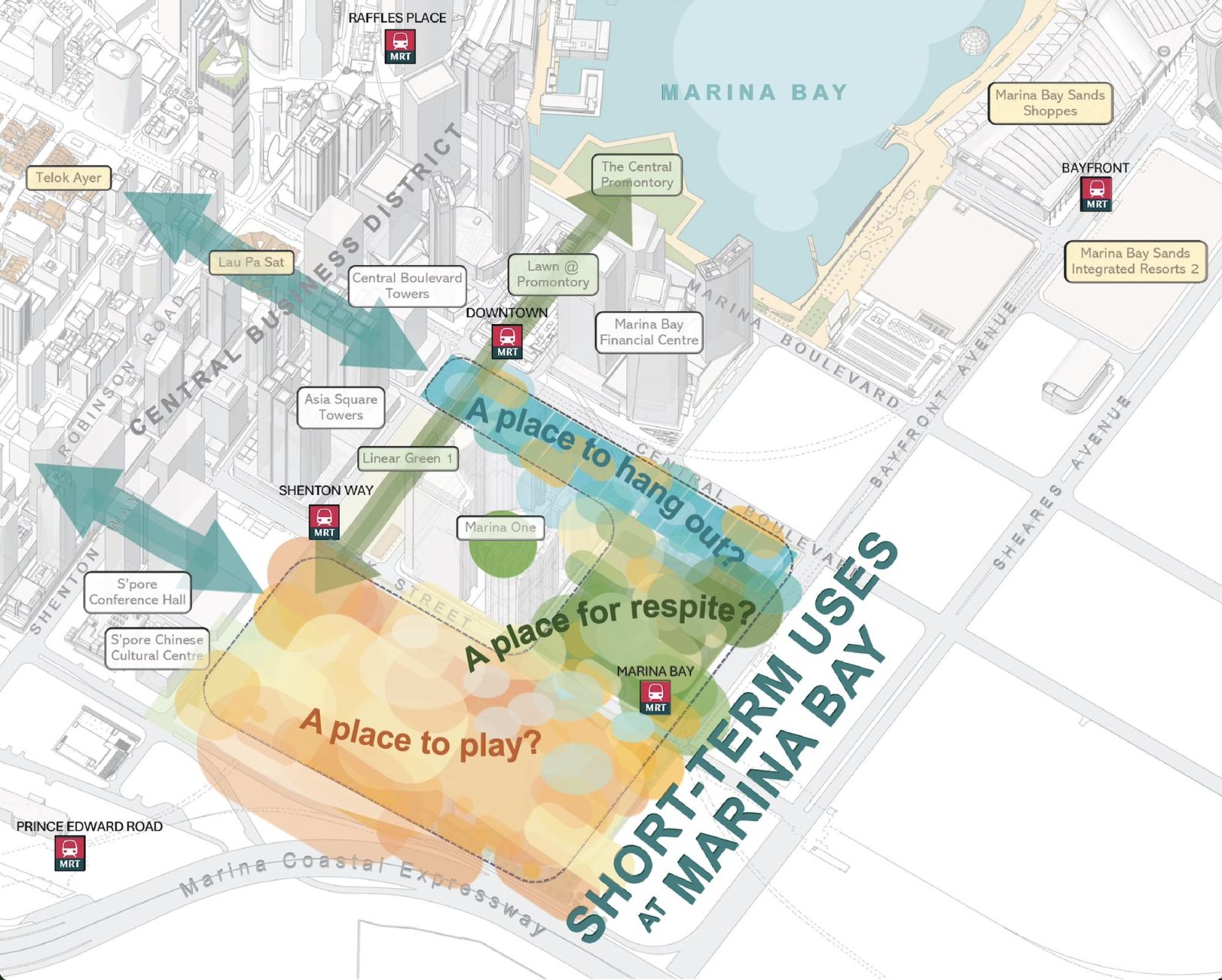
The URA Master Plan 2019 (and the upcoming Master Plan 2025) both aim at transforming Marina Bay into a more balanced, livable district.
A centrepiece of this plan is the development of Marina South: this is the currently vacant track next to Gardens by the Bay, which has been reserved for years as a residential extension.
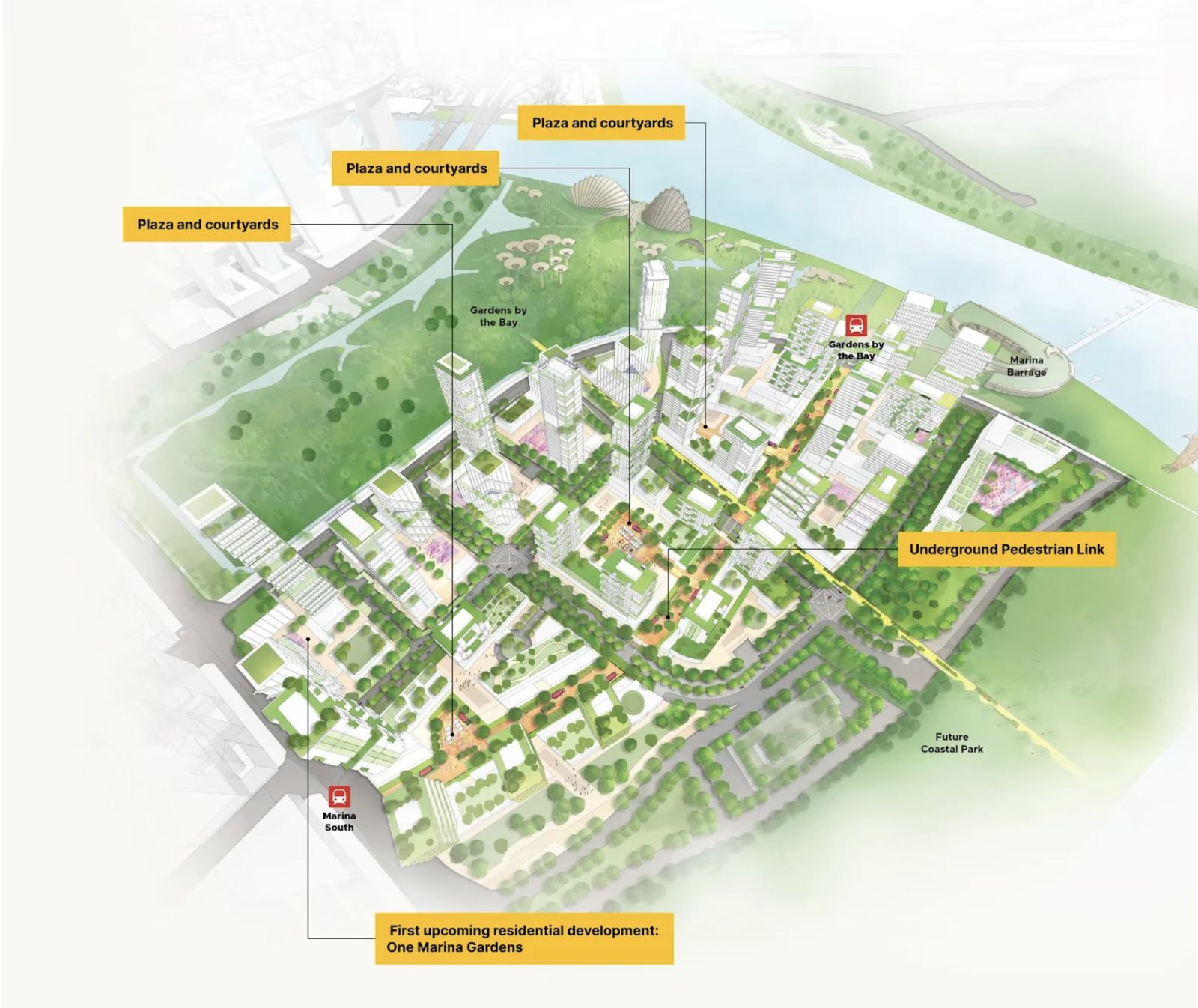
URA’s vision for Marina South is a “waterfront live-work-play enclave,” one that’s also integrated with the surrounding attractions and the CBD. This will be a 45-hectare mixed-use neighbourhood, introducing an estimated 10,000 new homes in the coming years.
Importantly, these won’t be just high-end private condos. The plans indicate a mix of public and private housing to ensure diversity and affordability. In other words, yes, we will see HDB flats in the Marina area, in the years to come (although almost certainly with Prime Location restrictions.)
Even the private projects are being conceived with owner-occupiers in mind. URA has stressed that Marina South will be “a new model for city living” – a “10-minute neighbourhood” where daily amenities are all in easy reach (see the link above.)
In practice, this means the plan will bring amenities like supermarkets, eateries, clinics, and schools. In short, all the everyday infrastructure that Marina is short on right now.
One Marina Gardens may be the spearhead of the new initiative
The first residential project to kick off the area, One Marina Gardens, is slated to open around 2029, and it’s been designed with these needs in mind. Opportunity-wise, we could see this as a parallel to South Beach Residences, which back in 2018, headed the wave of improvements in the Beach Road (District 7) area.
The Marina South MRT station (Thomson – East Coast Line) will be on the ground floor of One Marina Gardens; and this project will include a childcare centre, a supermarket, and eateries on site (roughly 1,500 sqm of retail space).
Given Marina Bay’s current dearth of family-oriented amenities, these can be seen as an essential starting point for the neighbourhood to come.
Opportunities that Marina currently presents to buyers
Marina Bay is one of Singapore’s densest built-up areas, packed with offices, hotels, and attractions. The paradox is that while tens of thousands pass through daily, very few actually live here. With URA’s plan for Marina South – 10,000 new homes built around a full 10-minute neighbourhood model – the chance to anchor a real community in this showcase district may be a once-in-a-lifetime shot.
This makes Marina Bay a rare proposition for buyers who value living at the doorstep of the CBD. Connectivity is already unmatched, and the upcoming One Marina Gardens signals a pivot toward more liveable, owner-occupier projects with childcare, retail, and direct MRT access.
Marina Bay private homes will never be “cheap” in the conventional sense. But after years of cautious demand and patchy performance, we may be at the point of a potential turnaround, as URA’s master-planned push injects the schools, supermarkets, and social roots that have always been missing. So despite the lacklustre performance we’ve seen so far, it’s unlikely that’s reflective of the area’s future potential.
The catch is that, for those who want to get in early, holding power and a long-term view are essential. Improvements to the Marina area will not come overnight; certain needed amenities face a classic chicken-and-egg situation (e.g., building a school in Marina can’t be justified when the student population is so low, but the student population won’t grow if families don’t move there, because there are no schools).
So whilst the government support is certainly there, the process of building a genuine community takes time – and buyers today should pack a lot of patience.
For more on the neighbourhood as it unfolds, stay with us on Stacked. If you’d like to get in touch for a more in-depth consultation, you can do so here.
Ryan J
A seasoned content strategist with over 17 years in the real estate and financial journalism sectors, Ryan has built a reputation for transforming complex industry jargon into accessible knowledge. With a track record of writing and editing for leading financial platforms and publications, Ryan's expertise has been recognised across various media outlets. His role as a former content editor for 99.co and a co-host for CNA 938's Open House programme underscores his commitment to providing valuable insights into the property market.Read next from Property Market Commentary
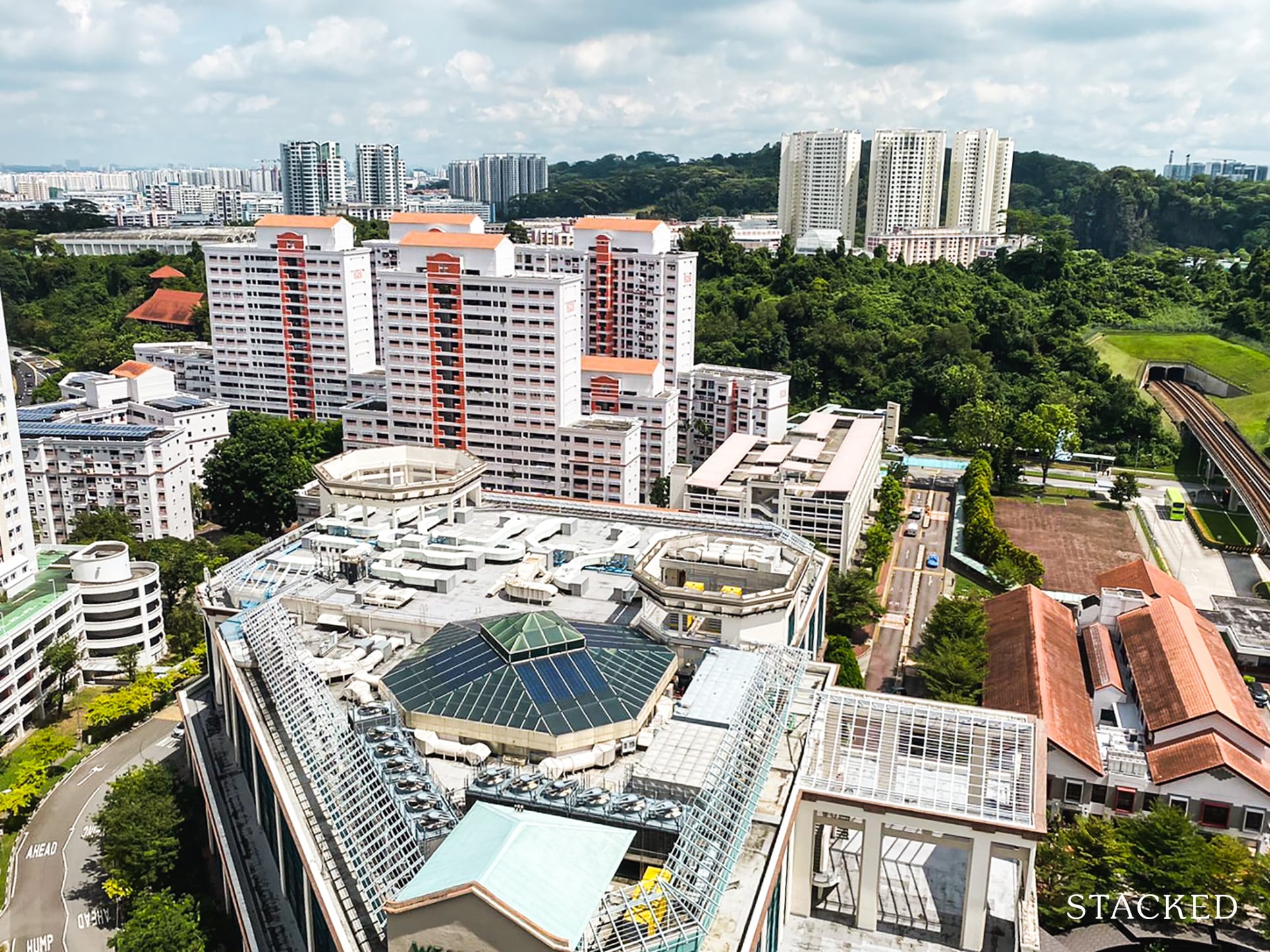
Property Market Commentary Which HDB Towns Sold the Most Flats This Year? The 2025 Rankings Reveal Some Surprises
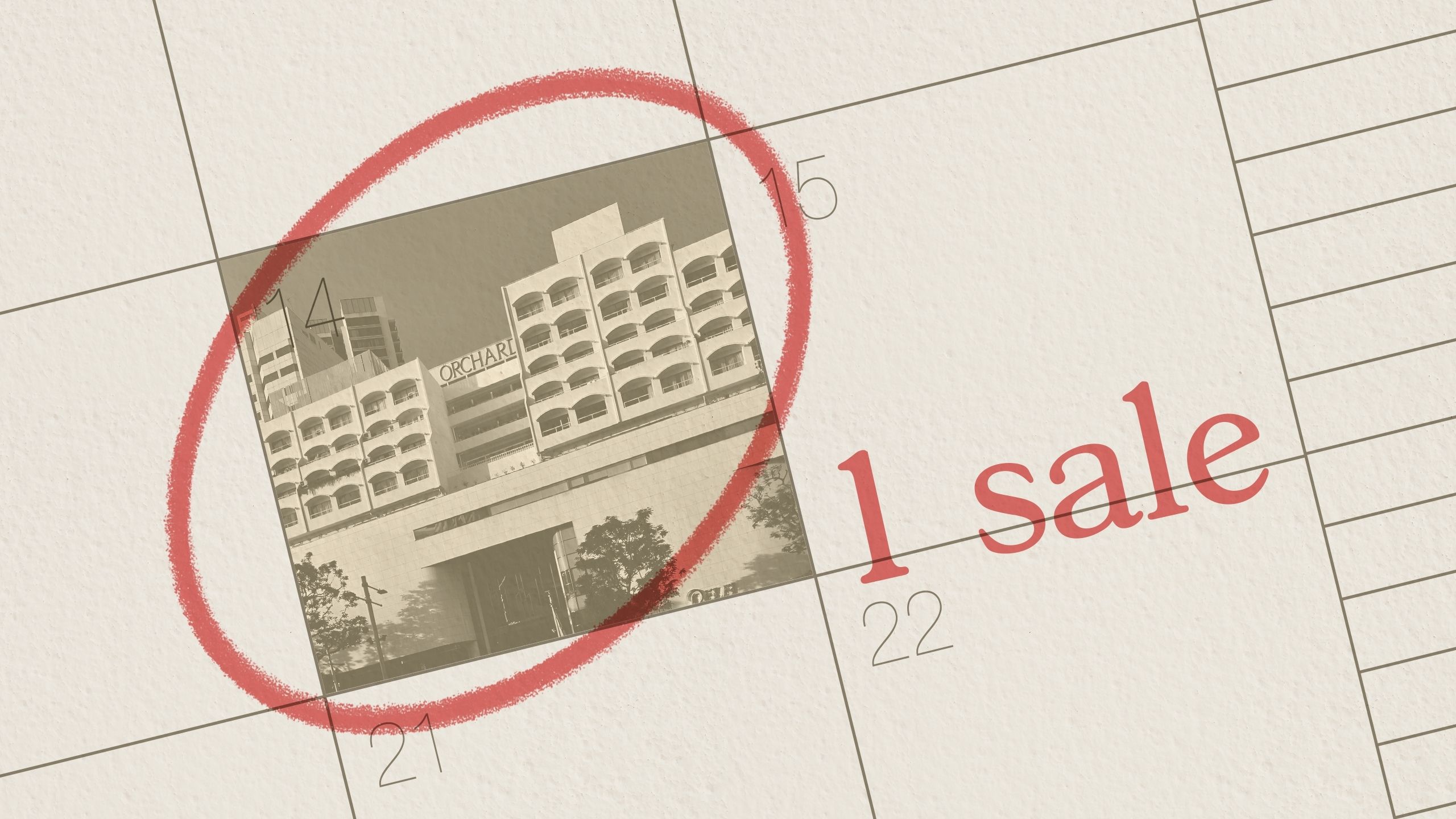
Property Market Commentary The Rare Condos With Almost Zero Sales for 10 Years In Singapore: What Does It Mean for Buyers?
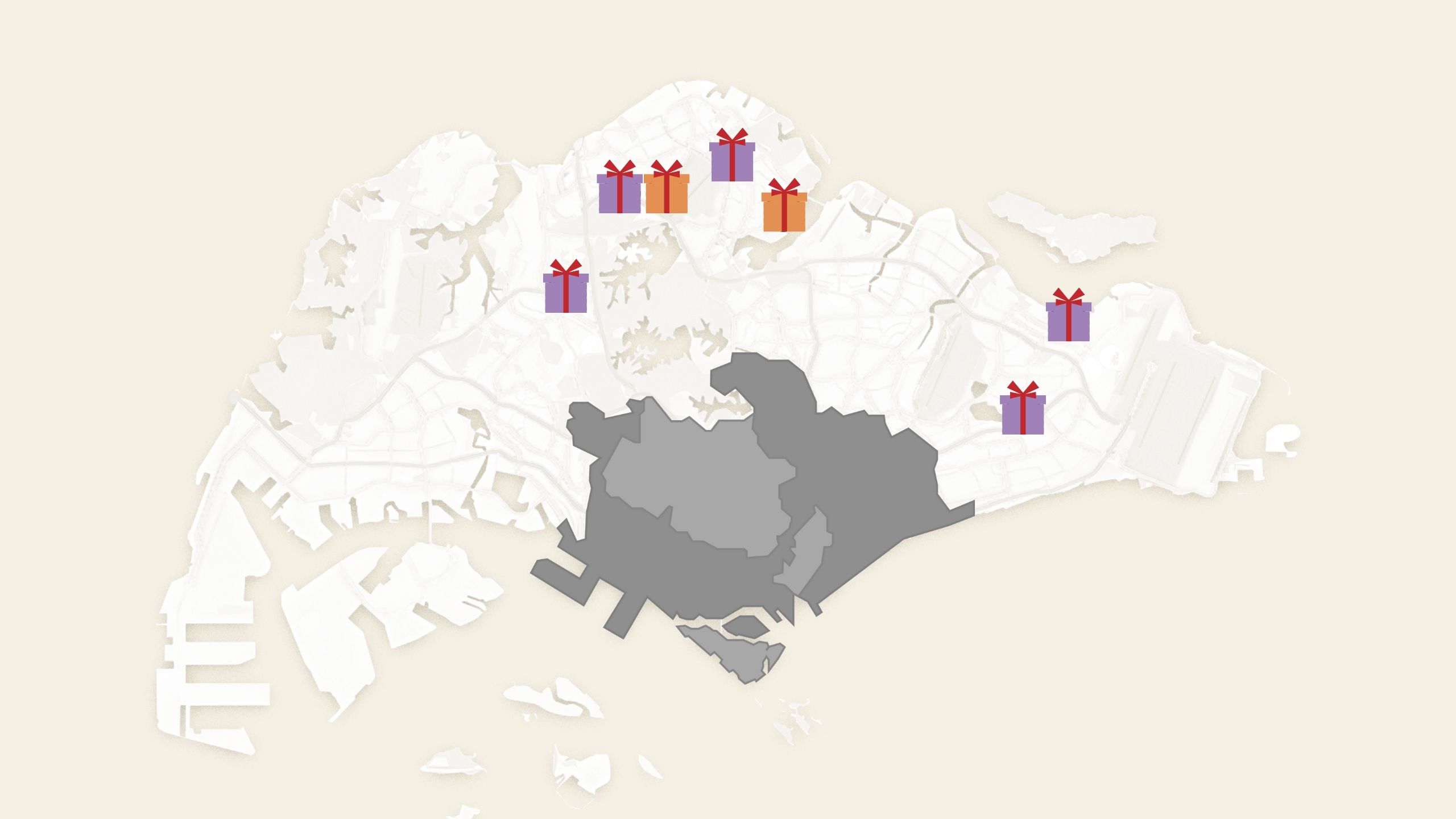
Property Market Commentary 5 Upcoming Executive Condo Sites in 2026: Which Holds the Most Promise for Buyers?
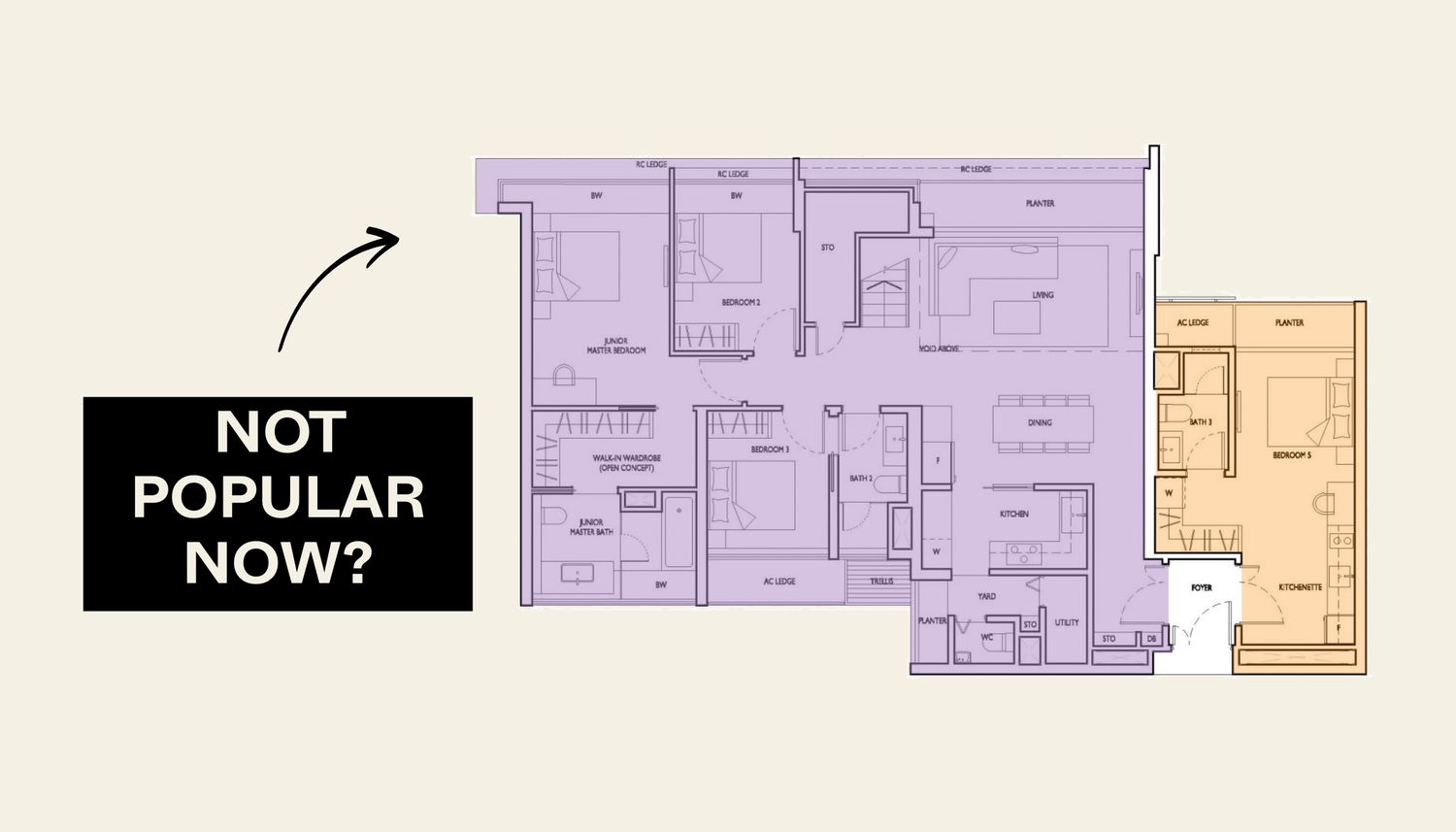
Property Market Commentary We Analysed Dual-Key Condo Units Across 2, 3 and 4 Bedders — And One Clear Pattern Emerged
Latest Posts
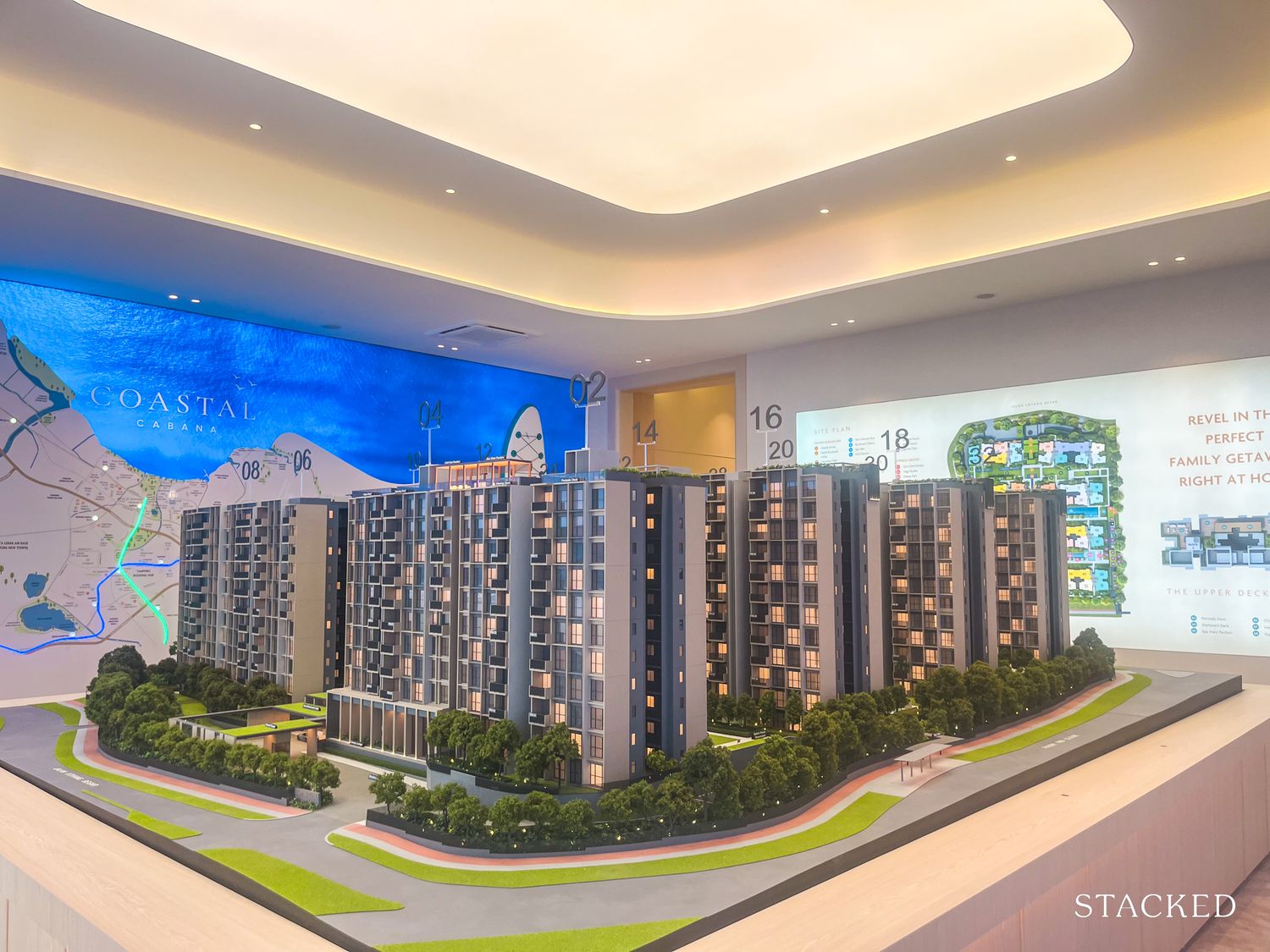
New Launch Condo Reviews Coastal Cabana EC Review: A Unique EC With Sea Views Priced From $1.438M
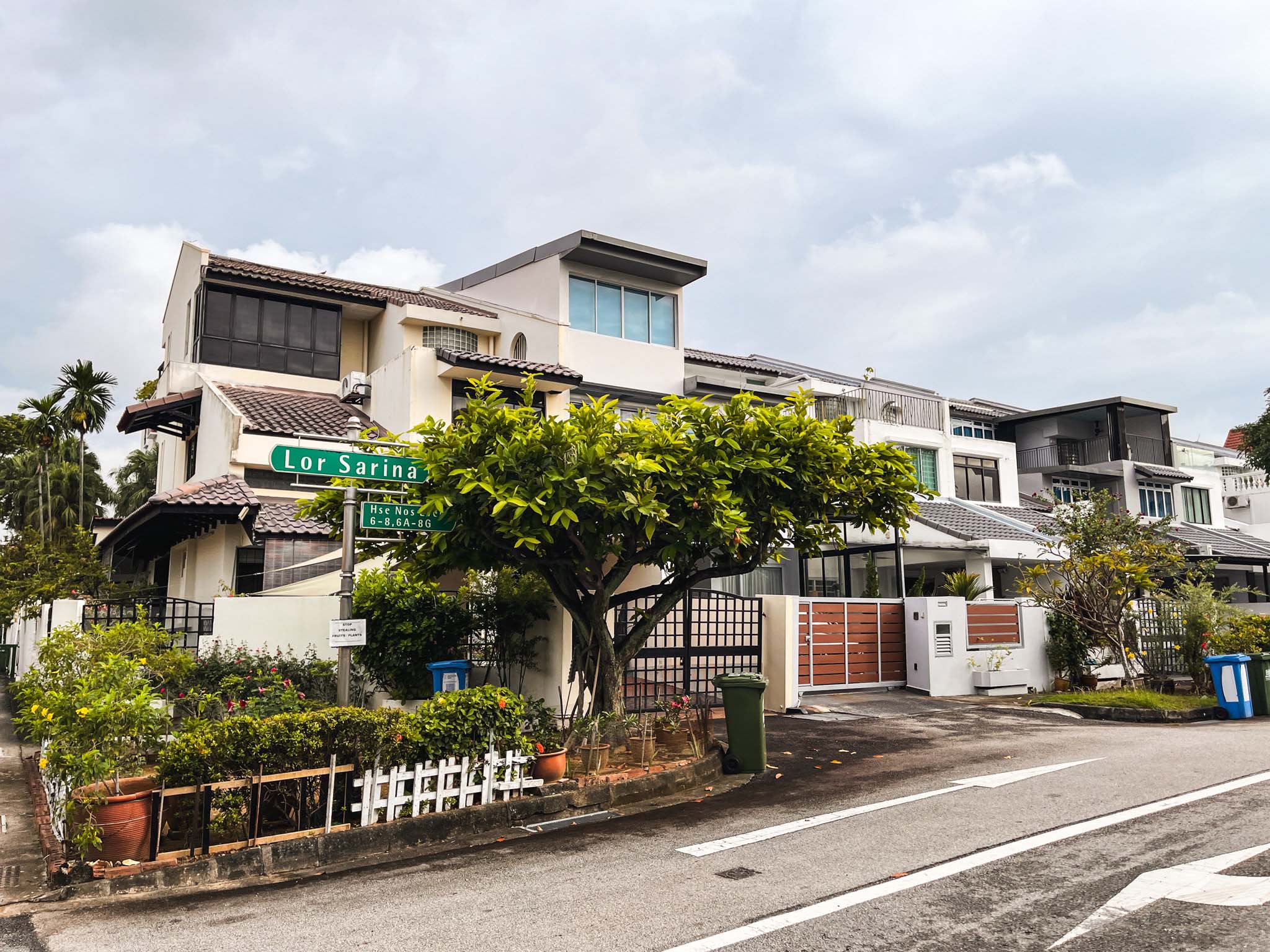
Landed Home Tours We Toured a Freehold Landed Area Buyers Overlook — It’s Cheaper (and Surprisingly Convenient) From $3.2M
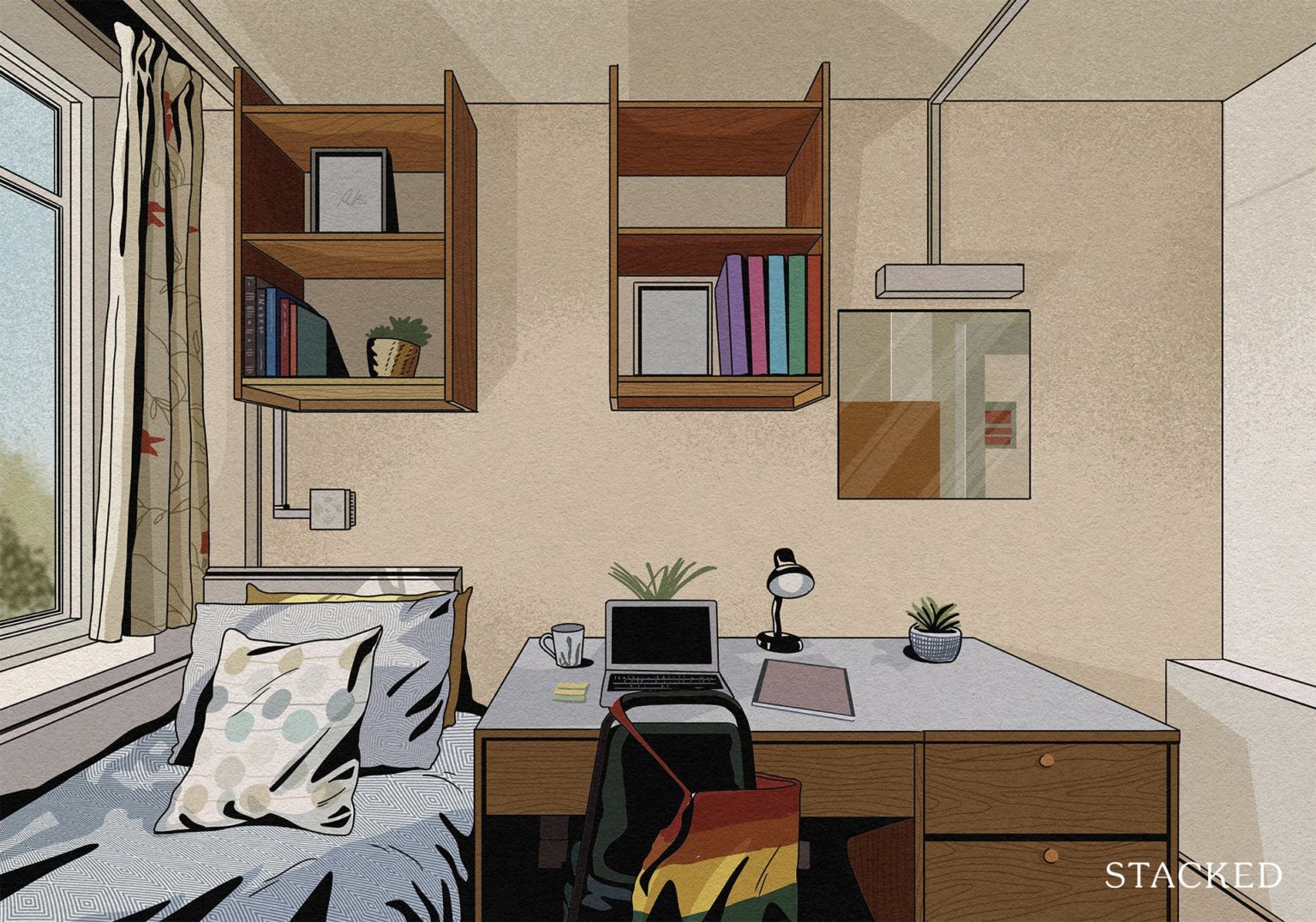
Singapore Property News The Hidden Costs of Smaller Homes in Singapore
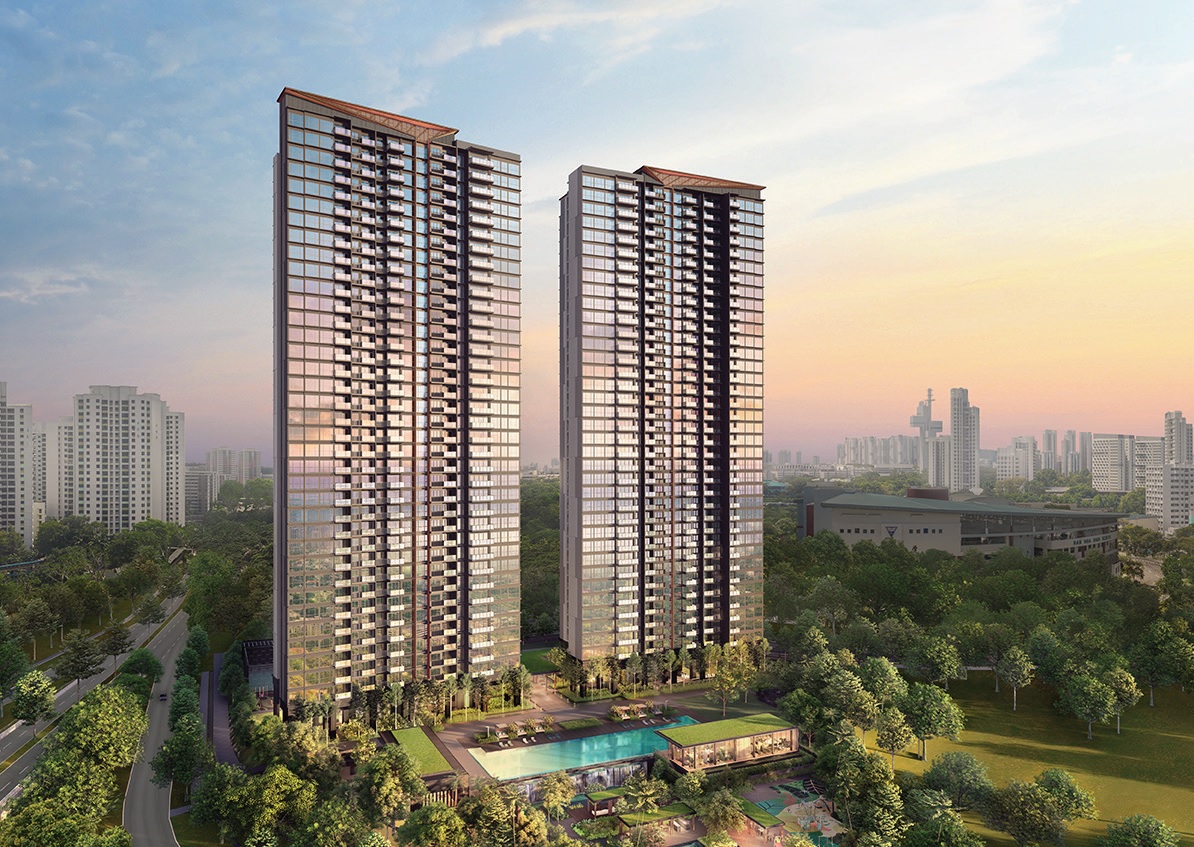
Property Advice We Own A 2-Bedder Condo In Clementi: Should We Decouple To Buy A Resale 3 Bedder Or Sell?
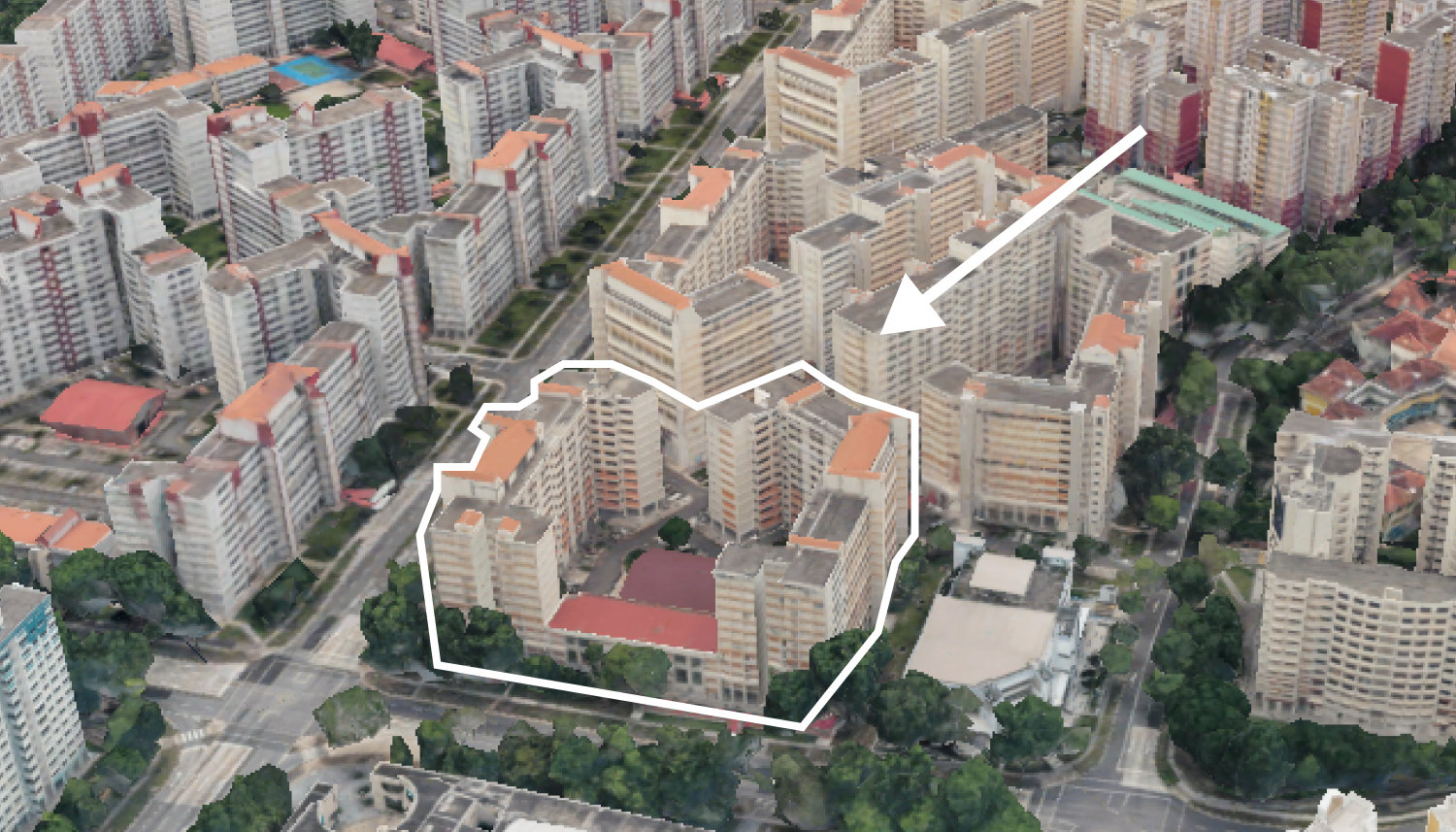
On The Market We Found the Cheapest Yet Biggest 4-Room HDBs You Can Buy From $480K
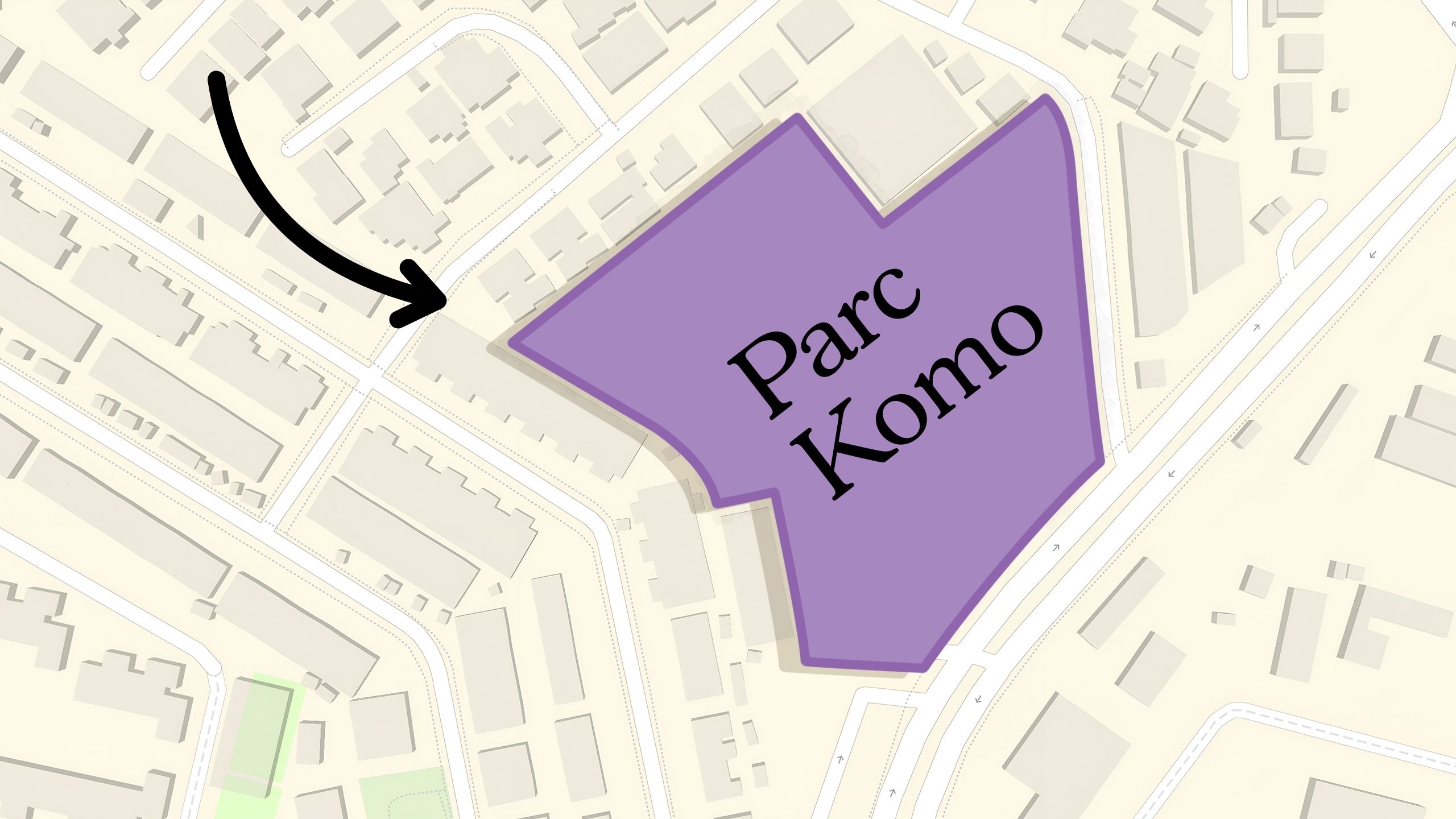
Pro Why This Freehold Mixed-Use Condo in the East Is Underperforming the Market
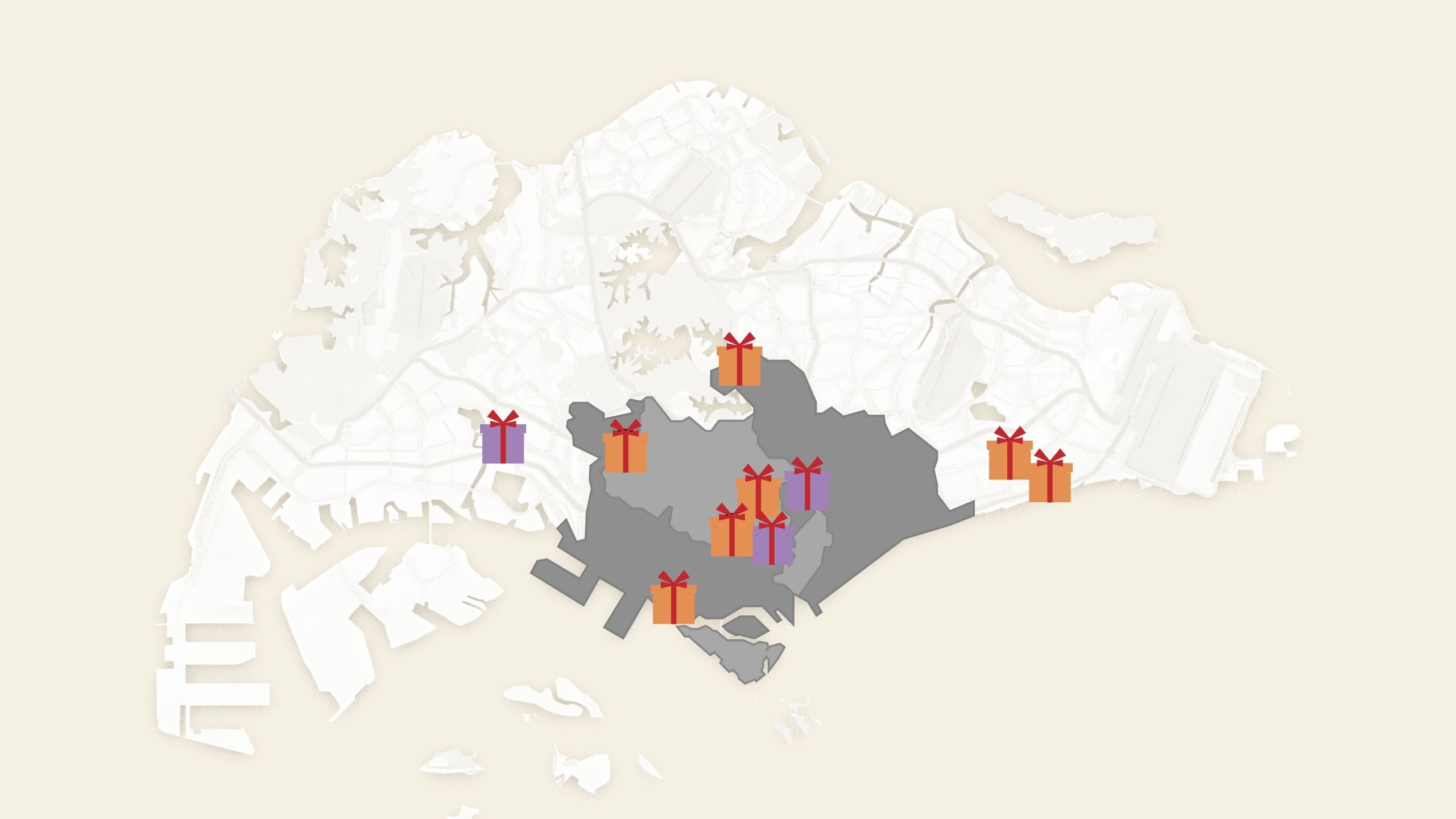
Singapore Property News 10 New Upcoming Housing Sites Set for 2026 That Homebuyers Should Keep an Eye On

Homeowner Stories I Gave My Parents My Condo and Moved Into Their HDB — Here’s Why It Made Sense.
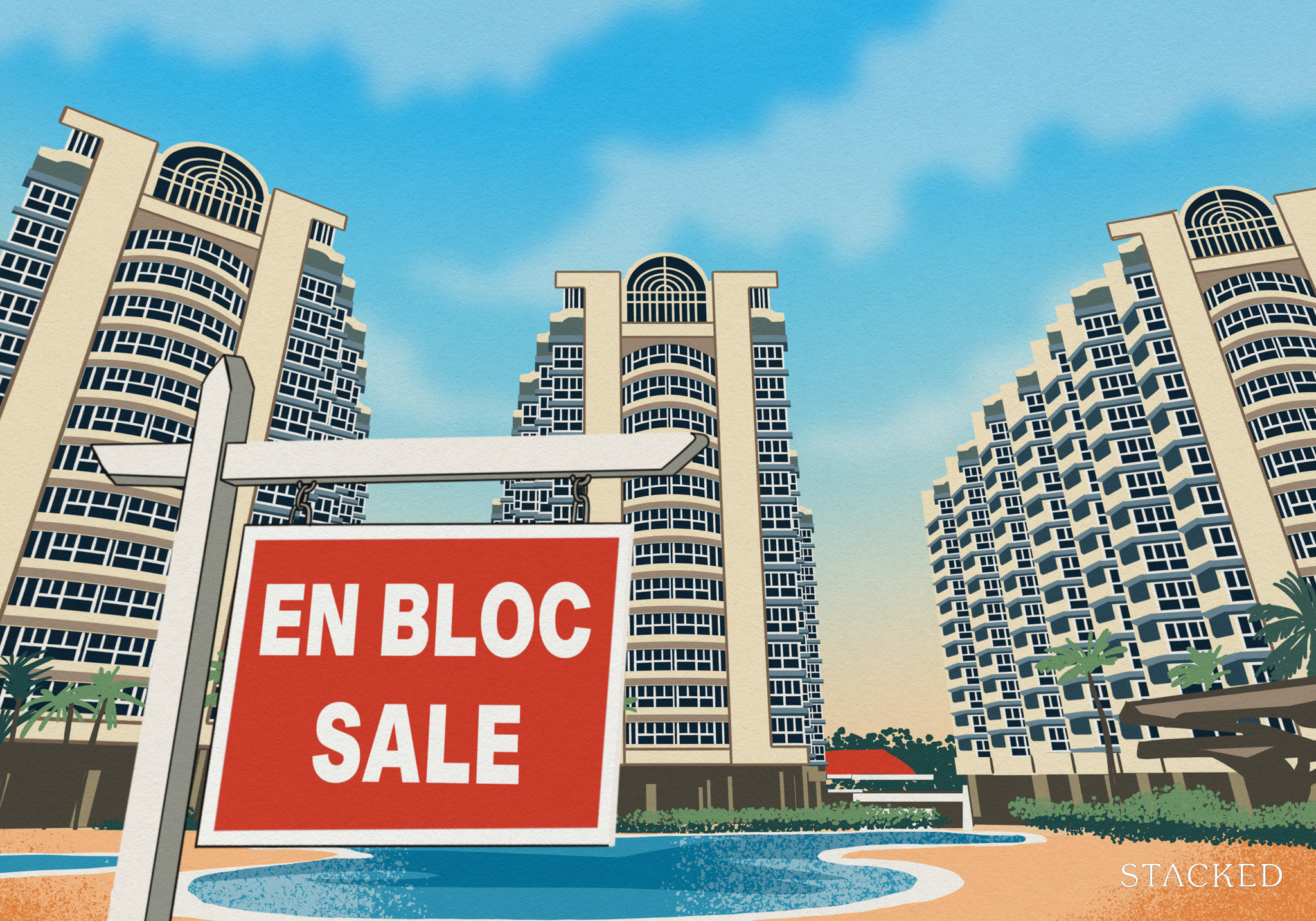
Singapore Property News Will Relaxing En-Bloc Rules Really Improve the Prospects of Older Condos in Singapore?

Pro Why This Large-Unit Condo in the Jervois Enclave Isn’t Keeping Up With the Market
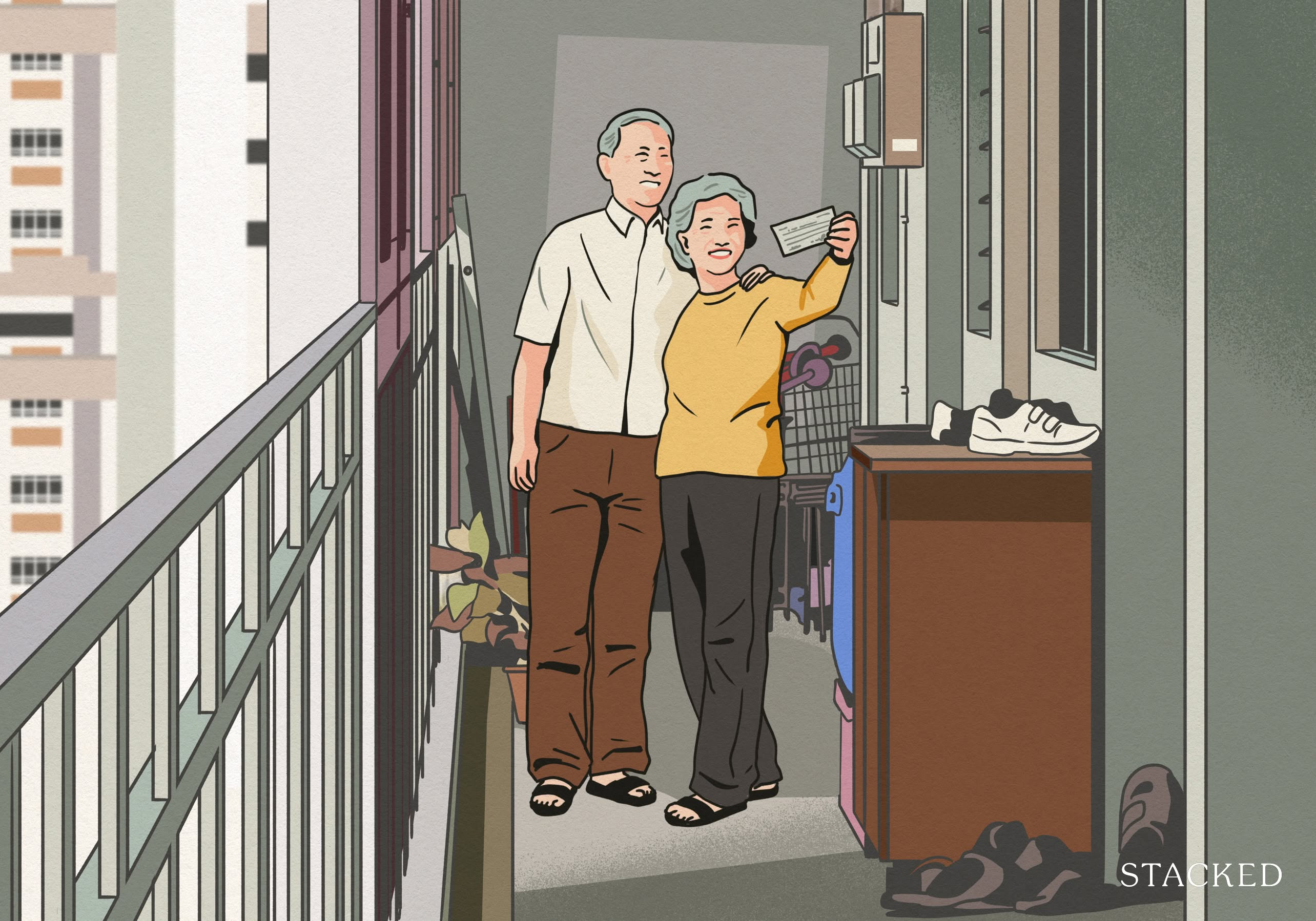
Singapore Property News A Housing Issue That Slips Under the Radar in a Super-Aged Singapore: Here’s What Needs Attention
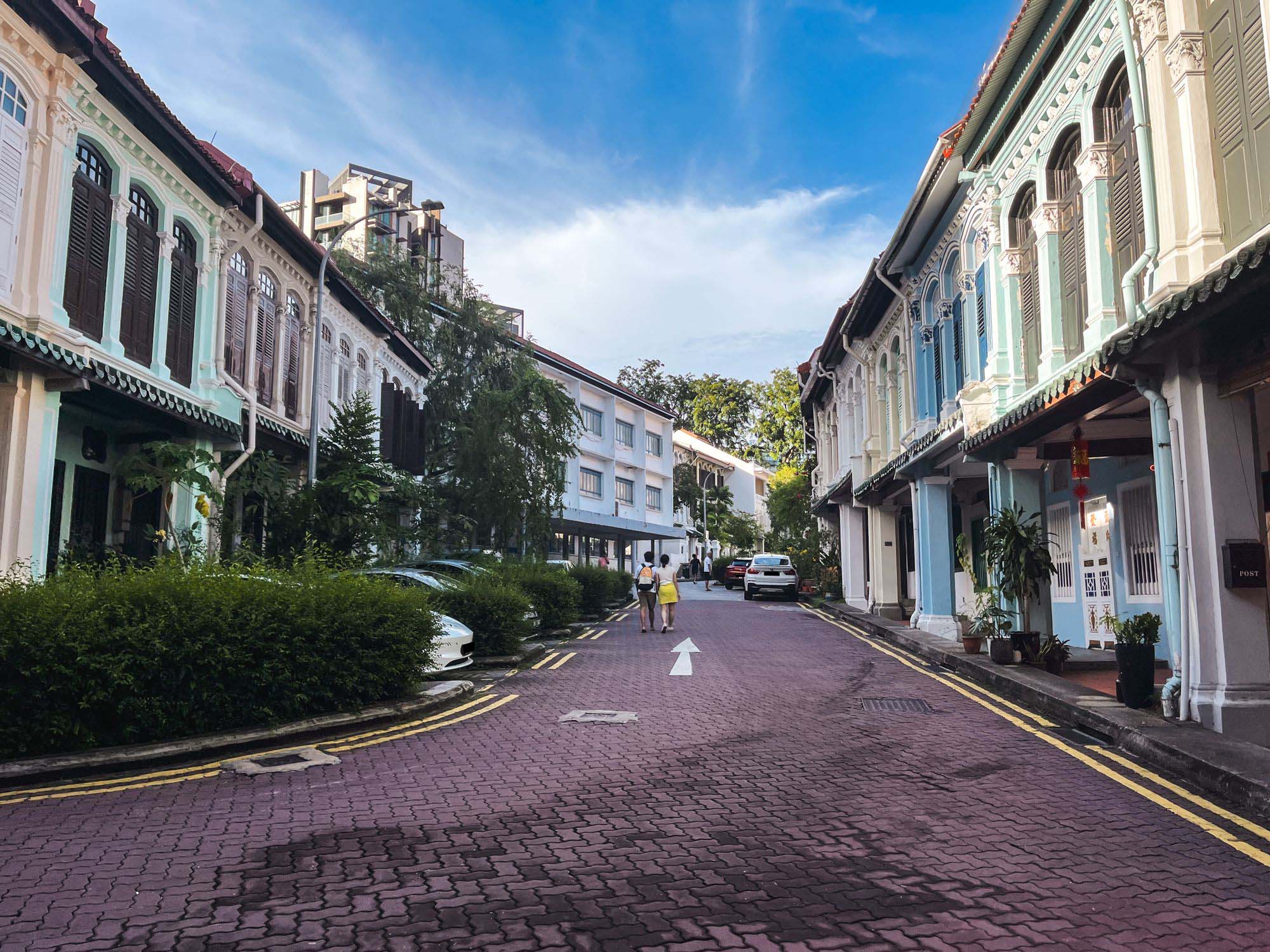
Landed Home Tours Inside One of Orchard’s Rarest Freehold Enclaves: Conserved Homes You Can Still Buy From $6.8M
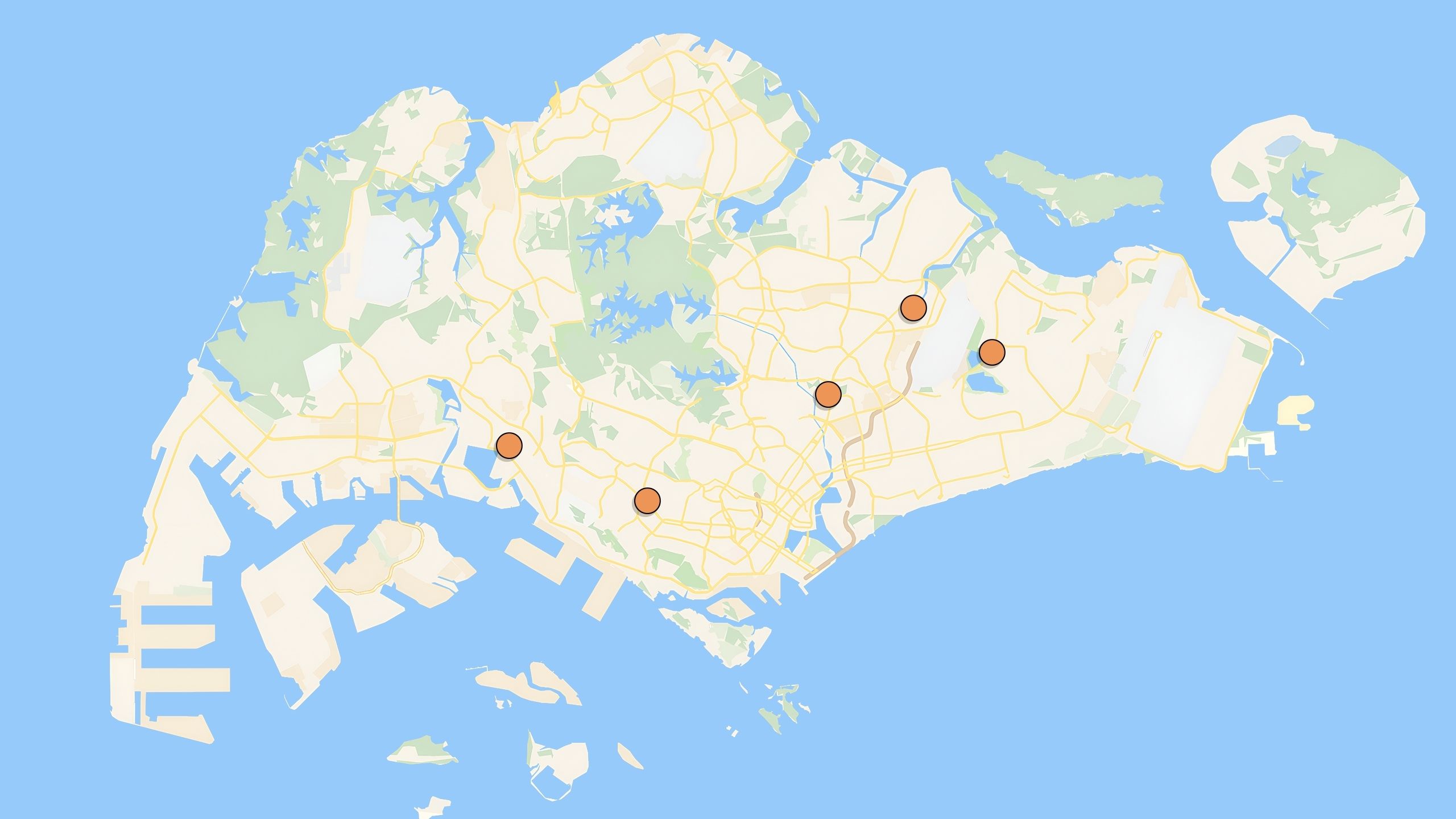
Property Investment Insights These 5 Condos In Singapore Sold Out Fast in 2018 — But Which Ones Really Rewarded Buyers?
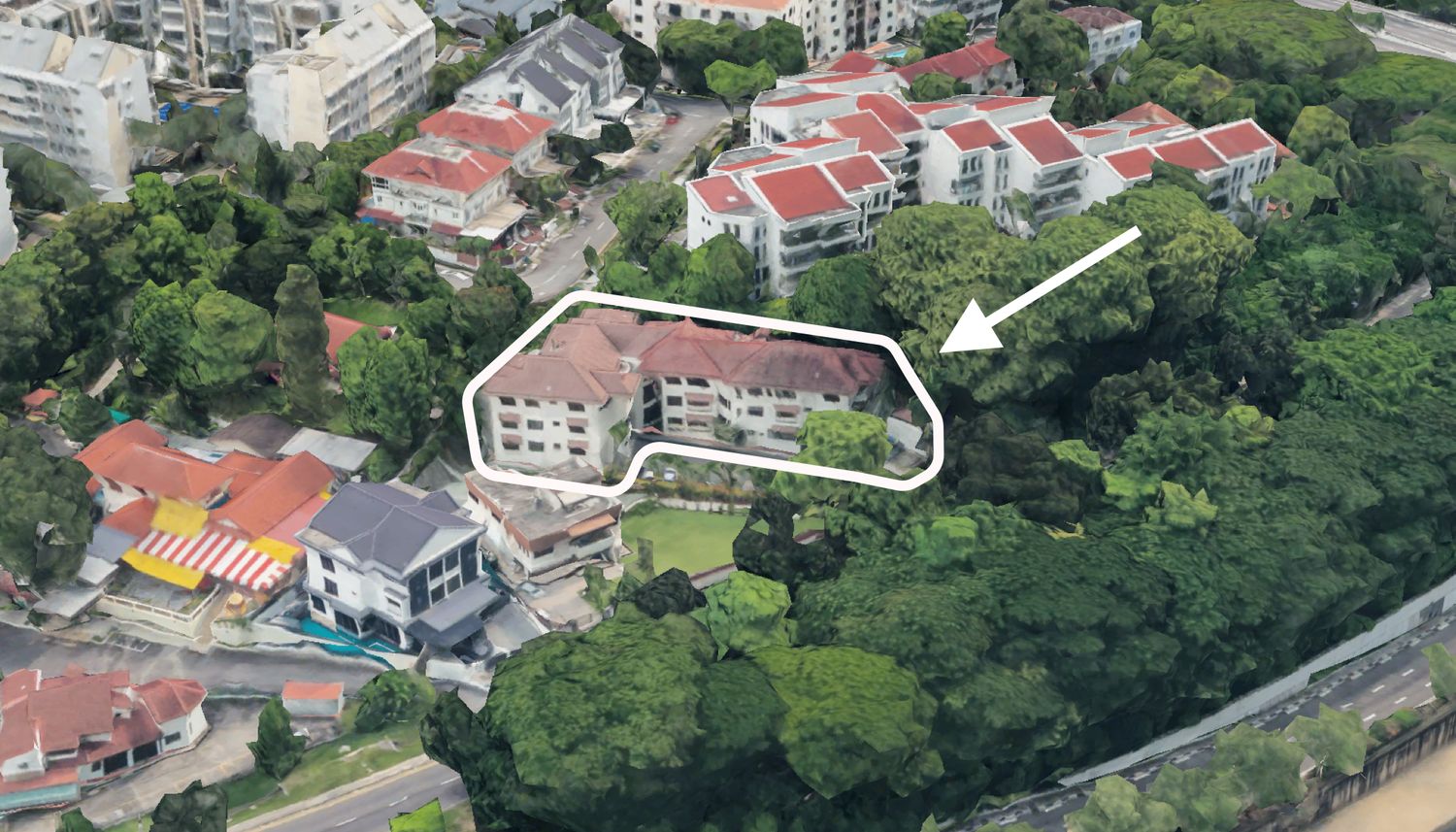
On The Market We Found The Cheapest 4-Bedroom Condos You Can Still Buy from $2.28M
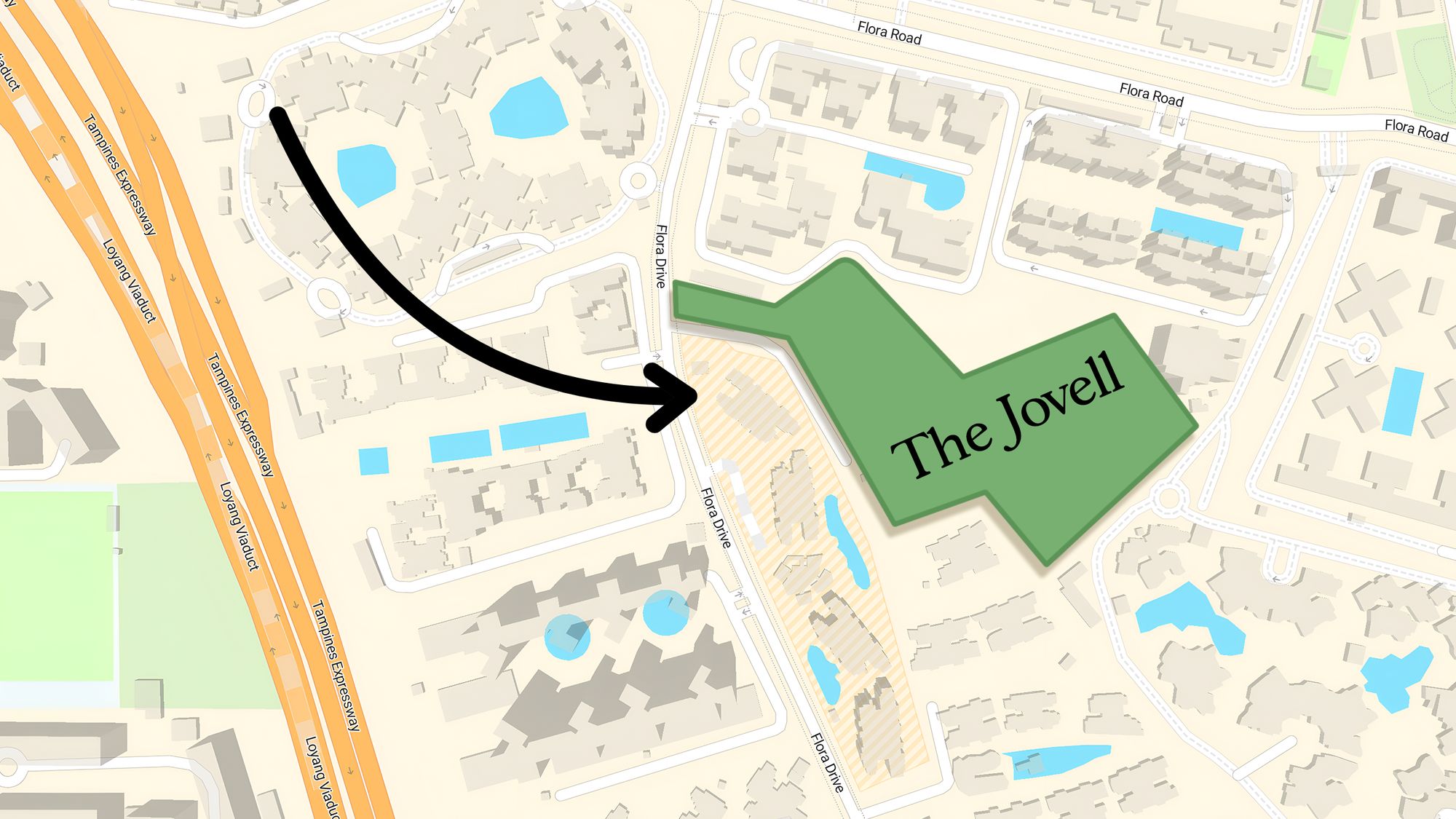
Pro Why This New Condo in a Freehold-Dominated Enclave Is Lagging Behind
